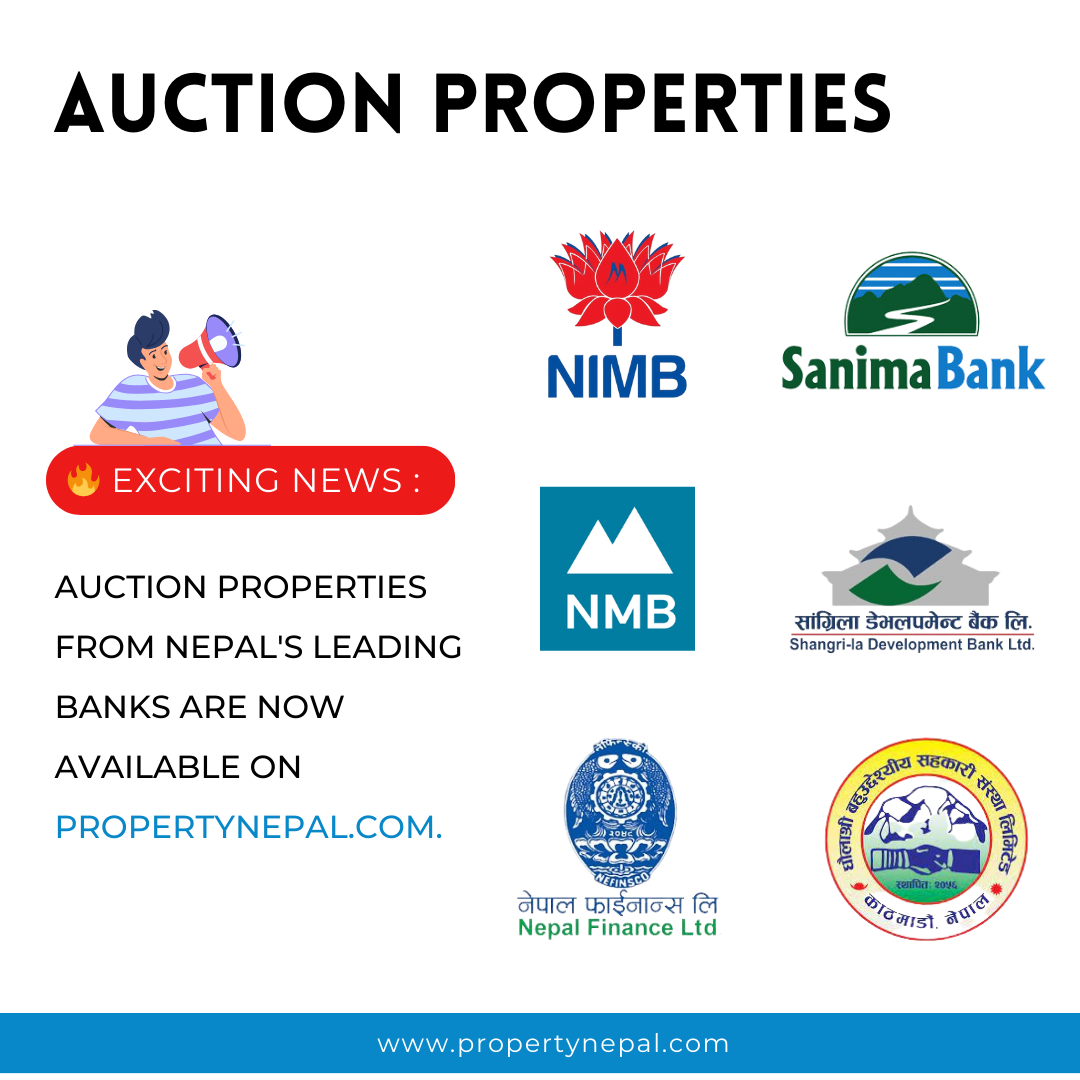Discover Nepal’s Dynamic Real Estate Trends


Introduction to Real Estate in Nepal
Real estate in Nepal comprises immovable properties such as land, houses, and various types of buildings used for residential, commercial, or other purposes. The sector involves activities like buying, selling, and renting properties, making it a cornerstone of the country's economic landscape. Despite its lower liquidity compared to other investments, real estate is favored for its potential to generate stable passive income.
The Booming Real Estate Market in Nepal
Navigating Nepal's real estate market, especially concerning land prices, presents complexities shaped by historical and economic factors. Since the 1980s, the market has demonstrated a steady upward trend. Escalating land prices has posed challenges for first-time buyers, even those with strong financial backgrounds, particularly within Kathmandu's ring road and other urban areas.
Real estate in Nepal consists of properties that cannot be moved, such as land, houses, and different kinds of buildings used for living, business, or other activities. These elements collectively determine land value, rendering Nepal's real estate market an attractive investment opportunity.
Evolution of Real Estate in Nepal
Nepal's urbanization began in the Kathmandu Valley during the Malla Kings' era before the 1950s. Post-1950s, urban expansion accelerated with the development of highways and air services linking Kathmandu to other regions, facilitating increased migration to the valley. As of the 2011 census, over half of Nepal's urban population resides in the Kathmandu Valley.
In 1990, the establishment of the Nepal Housing Development Finance Company aimed to provide housing finance to low-income families. Subsequently, banking and financial institutions began offering housing finance products, further bolstering the real estate sector's growth.
Current Scenario of Real Estate
The Kathmandu Valley is witnessing rapid urban sprawl, with metropolitan areas expanding annually by 6.67%, as per the 2011 census. In 2018, the Central Bank of Nepal reported significant investments totaling NPR 88 billion in the real estate and housing sectors, with contributions from commercial banks, development banks, and finance companies. Real estate currently constitutes 8% of Nepal's GDP.
During the fiscal year 2016/17, the housing sector accounted for a notable portion of the country's total investments, with the Kathmandu real estate market alone representing 42% of the organized sector. Despite a substantial increase in land prices during this period, the market continued to thrive, reflecting favorable conditions for investment.
Trends Shaping Real Estate in Nepal
A World Bank report highlighted that 23% of Nepal's urban population lived in substandard housing lacking adequate infrastructure in 2010/11. Nepal's constitution emphasizes enhancing public living standards through infrastructure development, including housing initiatives.
Investment trends indicate a preference for purchasing apartments as investment properties rather than for personal use. Many investors opt to rent their apartments, contributing to the growth of the housing sector. The number of companies and projects in the sector has surged, with over 150 active companies in the Kathmandu Valley according to the Nepal Land & Housing Developers Association.
Post-2015 Earthquake Impact and Recovery
Following the 2015 earthquake, there was a surge in demand for individual housing units. Delays meeting this demand doubled inquiries and sales for plots and individual houses in the valley. The government's temporary ban on new construction following the earthquake caused significant disruptions in the real estate industry. However, clearer policies and an improving economy have facilitated the sector's recovery and growth.
Regulatory Measures and Investment Opportunities
The Nepal Rastra Bank (NRB) has implemented corrective measures to regulate the growing real estate investments. Recent monetary policies reduced the loan-to-value ratio for commercial real estate lending from 60% to 50%, reflecting adjustments in response to the sector's expansion.
Conclusion
Investing in real estate in Nepal offers ample opportunities across various sectors, including residential and commercial properties. Housing presents a low-risk investment with potential financial strategies such as property appreciation, house flipping, and rental properties. Despite market fluctuations, strategic investments guided by expert advice can yield substantial returns in Nepal's dynamic real estate sector, contributing to economic growth and development.


